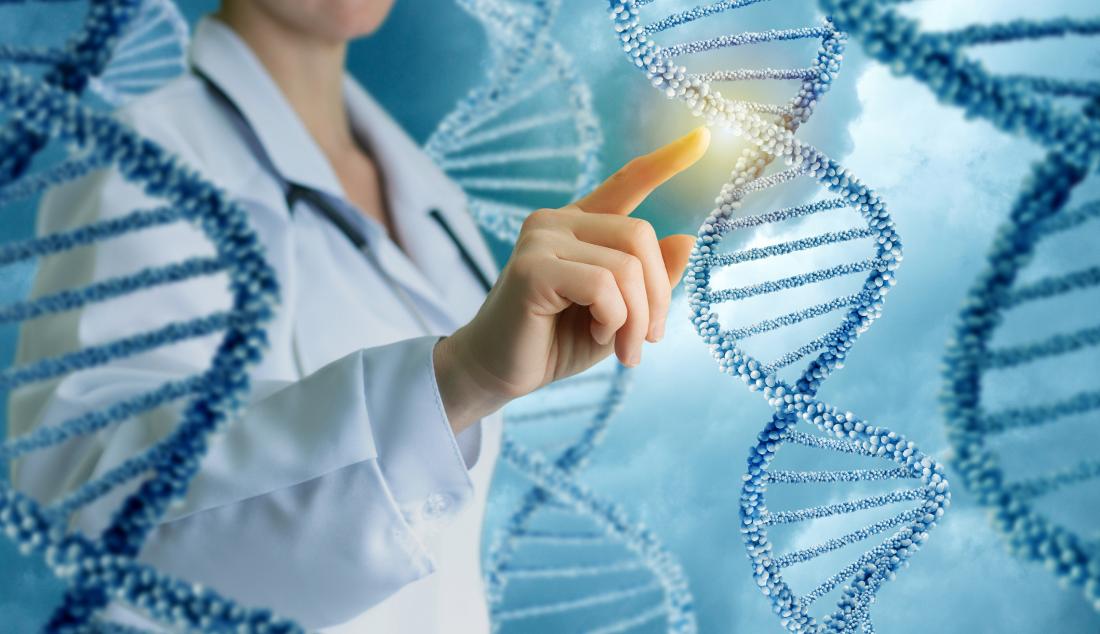Type 2 diabetes, obesity may soon be reversed with gene therapy

New research shows that gene therapy can completely reverse markers of type 2 diabetes and obesity in rodents.
The prevalence of diabetes, or the total number of existing cases, is on the rise in the United States and globally.
According to recent estimates, over 30 million U.S. adults had diabetes in 2015.
Although the number has been relatively steady in the past few years, rates of newly diagnosed cases among children and teenagers have increased sharply.
And, worldwide, the situation is even more alarming; the number of people with diabetes almost quadrupled between 1980 and 2014, according to the World Health Organization (WHO).
Now, new research brings much-needed hope of curing this metabolic disorder. Scientists led by Fatima Bosch, a professor at the Universitat Autònoma de Barcelona (UAB) in Catalunya, Spain, have successfully reversed the disorder in rodents.
Prof. Bosch and her colleagues achieved this using gene therapy, a technique that introduces new genetic material into cells to create beneficial proteins or to offset the effects of malfunctioning genes.
The findings were published in the journal EMBO Molecular Medicine.
Using the FGF21 gene to reverse diabetes
Prof. Bosch and team designed two mouse models of obesity and type 2 diabetes. One was diet-induced, and the other one was genetically modified.
Using an adeno-associated viral vector as "transport," the team delivered the fibroblast growth factor 21 (FGF21) gene.
This gene is responsible for encoding the FGF21 protein, which is seen as a "major metabolic regulator" that stimulates the absorption of blood sugar in adipose tissue.
The fat content, inflammation, and fibrosis of the rodents' livers were completely reversed, with no side effects. In turn, these improvements increased insulin sensitivity.
These beneficial effects were noted in both murine models. Also, the team found that administering FGF21 to healthy mice prevented age-related weight gain and led to healthy aging.
Gene therapy was used to alter three tissue types: liver tissue, adipose tissue, and skeletal muscle.
"This gives a great flexibility to the therapy," explains Prof. Bosch, "since it allows [us] to select each time the most appropriate tissue, and in case some complication prevents manipulating any of the tissues, it can be applied to any of the others."
"When a tissue produces FGF21 protein and secretes it into the bloodstream, it will be distributed throughout the body," adds Prof. Bosch.
